Home>Interior Design>5 Small Entryway Color Rules Interior Designers Want Us To Copy
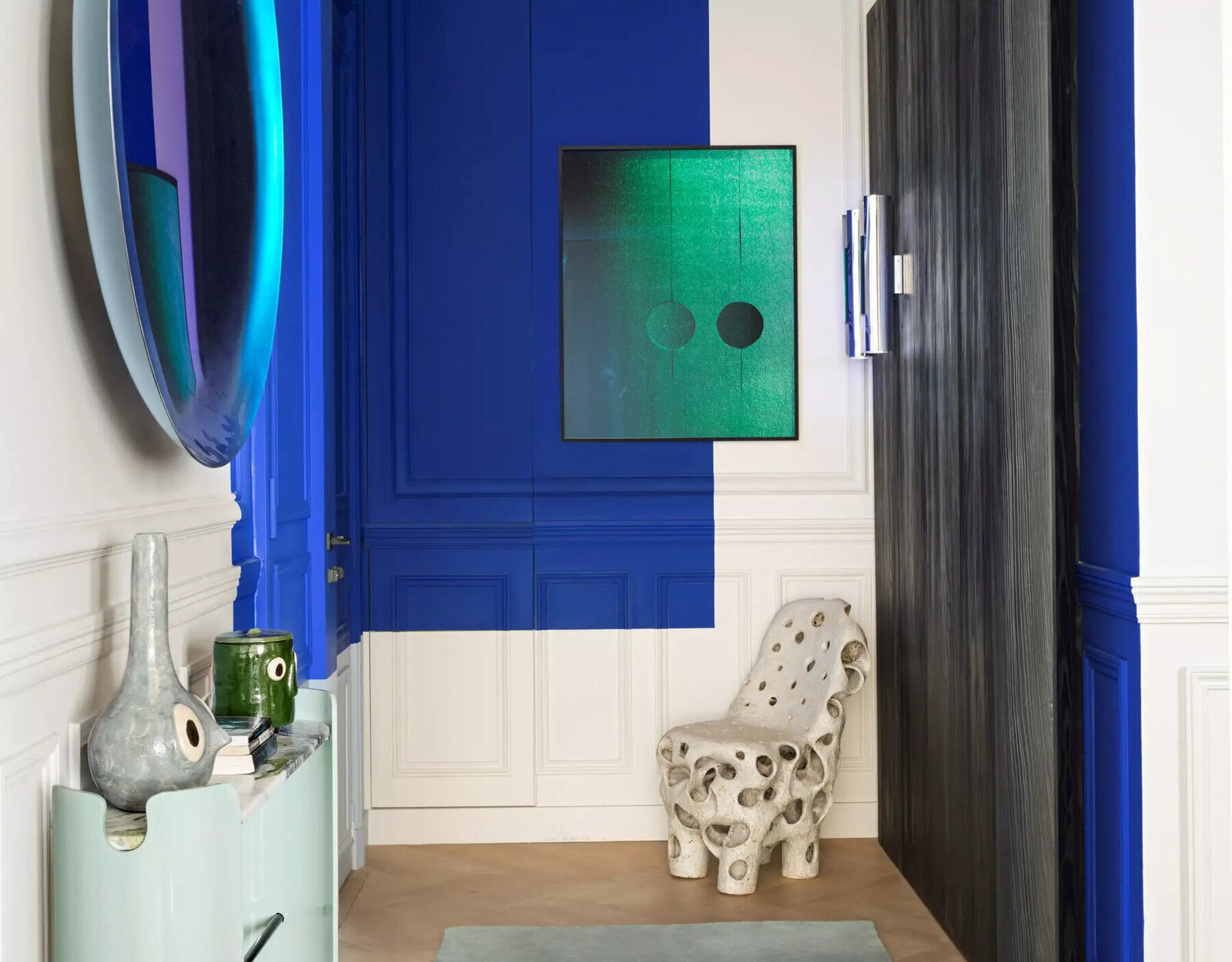

Interior Design
5 Small Entryway Color Rules Interior Designers Want Us To Copy
Modified: January 5, 2024
Learn the top 5 color rules for small entryways from interior designers. Transform your space with expert interior design tips.
(Many of the links in this article redirect to a specific reviewed product. Your purchase of these products through affiliate links helps to generate commission for Storables.com, at no extra cost. Learn more)
Neutral is Always a Safe Bet
The Power of Neutral Tones in Your Entryway
When it comes to designing the entryway of your home, neutral colors can be a game-changer. Interior designers often recommend incorporating neutral tones into this space for several compelling reasons. Let’s delve into the benefits and creative possibilities of using neutral colors in your entryway.
Neutral colors, such as soft whites, warm beiges, and gentle grays, possess a timeless elegance that can instantly elevate the ambiance of your entryway. These hues create a sense of spaciousness and tranquility, making the area feel welcoming and uncluttered. Furthermore, neutral tones serve as a versatile foundation, allowing you to experiment with various decor styles, from minimalist and Scandinavian to classic and eclectic.
One of the key advantages of neutral colors is their ability to complement a wide range of interior elements. Whether you prefer wooden or tiled floors, bold artwork or understated wall decor, neutral hues provide a harmonious backdrop that allows other design elements to shine. This adaptability makes neutral entryways incredibly versatile, accommodating seasonal decor changes and personal style preferences with ease.
Additionally, neutral colors can help create a seamless transition between the entryway and the adjoining spaces. By using a consistent color palette throughout these areas, you can establish a cohesive flow that enhances the overall visual appeal of your home. This cohesive design approach fosters a sense of unity and balance, setting a harmonious tone for the entire living space.
When it comes to furniture and accessories, neutral entryways offer endless styling opportunities. From sleek modern consoles to rustic wooden benches, neutral tones provide the perfect backdrop for showcasing diverse design elements. By incorporating pops of color through vibrant artwork, lush greenery, or decorative accents, you can infuse personality and warmth into the space without overwhelming the senses.
Ultimately, the timeless allure and adaptability of neutral colors make them a safe yet stylish choice for your entryway. By embracing the understated beauty of neutral hues, you can create an inviting and versatile entry space that sets the stage for a warm welcome into your home.
Don’t Be Afraid to Go Bold
Key Takeaways:
- Neutral colors like soft whites and gentle grays create a welcoming and uncluttered entryway. They complement various decor styles and provide a versatile foundation for personal style preferences.
- Infusing bold colors into your entryway can inject energy and personality, creating a memorable and inviting first impression. Balancing bold hues with neutrals and strategic lighting enhances the space’s visual appeal.
Embracing Vibrant Hues in Your Entryway
While neutral tones offer a sense of timeless elegance, there’s something undeniably captivating about infusing bold colors into your entryway. Dare to defy convention and unleash the power of vibrant hues to make a striking first impression. Here’s why interior designers encourage homeowners to embrace bold colors in their entryways.
Introducing bold colors into your entryway can instantly inject energy and personality into the space. Whether it’s a rich jewel-toned accent wall, a vividly painted door, or a statement-making piece of furniture, bold hues have the remarkable ability to captivate the senses and create a memorable entry experience. They can set the tone for the rest of your home, signaling a confident and expressive approach to design.
Furthermore, bold colors can serve as powerful visual anchors, drawing attention to specific architectural features or design elements within your entryway. By strategically incorporating bold hues, you can highlight unique details such as intricate moldings, a grand staircase, or an eye-catching light fixture, elevating the overall aesthetic appeal of the space.
When it comes to creating a sense of drama and intrigue, bold colors are unparalleled. Deep, moody shades like emerald green, sapphire blue, or regal purple can imbue your entryway with a sense of sophistication and allure. On the other hand, vibrant reds, oranges, and yellows can infuse the space with warmth and vitality, making a bold statement that exudes confidence and creativity.
It’s important to note that incorporating bold colors doesn’t necessarily mean overwhelming the space. By balancing bold hues with neutrals and incorporating ample natural light, you can create a harmonious and visually engaging entryway. Additionally, using bold colors in moderation, such as through accent pieces, artwork, or decorative accessories, allows you to experiment with different tones without overpowering the space.
Ultimately, embracing bold colors in your entryway is a bold yet rewarding design choice. It allows you to infuse your home with a sense of vibrancy and individuality, creating an entry experience that is as memorable as it is inviting.
Consider the Lighting
Illuminating Your Entryway with Strategic Lighting
Lighting plays a pivotal role in shaping the ambiance and functionality of your entryway. When designing this space, it’s essential to consider the interplay between natural and artificial light to create a welcoming and well-lit environment. Let’s explore the importance of thoughtful lighting and how it can enhance the allure of your entryway.
Natural light is a precious asset in any entryway. It has the ability to impart a sense of warmth and openness, making the space feel inviting and airy. If your entryway features windows or glass doors, maximizing natural light should be a top priority. Consider sheer or translucent window treatments that allow sunlight to filter through while still providing a level of privacy. This approach not only brightens the space but also connects the indoors with the natural beauty of the surrounding landscape.
When it comes to artificial lighting, a well-conceived lighting plan can transform your entryway into a captivating focal point. A carefully chosen chandelier, pendant light, or statement fixture can serve as a stunning centerpiece, adding a touch of glamour and sophistication. Additionally, wall sconces or recessed lighting can accentuate architectural details and artwork, creating a layered and visually dynamic atmosphere.
Task lighting is another crucial consideration for the entryway. Whether it’s an elegant table lamp on a console table or a sleek floor lamp in a corner, strategic task lighting can serve both practical and decorative purposes. It provides the perfect illumination for activities such as finding keys, checking the mail, or simply creating a cozy ambiance during evening hours.
Equally important is the concept of layered lighting, which involves combining ambient, task, and accent lighting to achieve a harmonious and adaptable lighting scheme. This approach allows you to create different moods and cater to various needs, whether it’s welcoming guests with a softly lit ambiance or illuminating the space brightly for practical tasks.
Finally, don’t overlook the impact of lighting controls. Installing dimmer switches or smart lighting systems offers the flexibility to adjust the intensity and color temperature of the light, allowing you to customize the ambiance according to the time of day and specific occasions.
By carefully considering the interplay of natural and artificial light, you can transform your entryway into a luminous and enchanting space that sets the stage for a warm and inviting welcome into your home.
Balance is Key
Consider using light and neutral colors for your small entryway to create a sense of space and openness. Avoid dark and bold colors that can make the area feel cramped.
Harmonizing Elements in Your Entryway Design
Creating a well-balanced entryway involves artfully combining various design elements to achieve a cohesive and visually pleasing space. Achieving balance in this area not only enhances its aesthetic appeal but also sets the tone for the entire home. Let’s explore the fundamental principles of balance and how they can be applied to elevate your entryway design.
Balance in design can be achieved through two key approaches: symmetrical and asymmetrical balance. Symmetrical balance involves mirroring elements on either side of a central axis, creating a sense of equilibrium and formality. This can be exemplified by identical furniture pieces, matching decor items, or perfectly balanced architectural features such as windows or doorways.
On the other hand, asymmetrical balance embraces a more dynamic and informal approach. It involves the strategic placement of diverse elements to create visual equilibrium through contrast and variation. This can be achieved by juxtaposing different shapes, sizes, textures, and colors in a way that feels harmonious and captivating.
When applying these principles to your entryway, consider the symmetrical placement of furniture, lighting, or artwork to establish a sense of order and elegance. For example, flanking the entry with identical console tables topped with matching lamps can create a striking visual impact while instilling a sense of balance and refinement.
At the same time, embracing asymmetrical balance can infuse your entryway with a spirited and eclectic charm. Mixing diverse elements such as a bold statement mirror on one side and a cluster of artwork on the other, or combining various textures and materials, can create a visually engaging composition that feels inviting and dynamic.
Furthermore, achieving balance in your entryway extends beyond the arrangement of physical elements. It also involves striking a harmonious balance between function and aesthetics. Ensuring that the space is both practical and visually appealing is essential. Incorporating storage solutions for shoes, coats, and everyday essentials without compromising on style is a prime example of this balance in action.
Ultimately, achieving balance in your entryway design is about creating a space that feels harmonious, welcoming, and reflective of your personal style. By embracing the principles of symmetry and asymmetry, you can craft an entryway that exudes a sense of equilibrium and allure, setting the stage for a captivating introduction to your home.
Reflect Your Personal Style
Infusing Your Entryway with Individuality and Character
Your entryway serves as the gateway to your home, offering the perfect opportunity to showcase your unique personality and design preferences. By infusing this space with elements that reflect your personal style, you can create a welcoming and authentic entry experience. Let’s explore how you can imbue your entryway with individuality and character that sets the stage for your home’s distinctive ambiance.
One of the most effective ways to convey your personal style in the entryway is through the use of decor and accessories. Whether you lean towards modern minimalism, eclectic bohemian flair, or timeless traditionalism, incorporating decor pieces that resonate with your aesthetic preferences can instantly make the space feel like an extension of your personality.
Consider adorning the walls with artwork, photographs, or decorative mirrors that speak to your interests and experiences. These pieces not only add visual interest but also provide a glimpse into your passions and memories, creating an intimate and inviting atmosphere for both you and your guests.
Furniture selection also plays a crucial role in expressing your personal style. Whether it’s a sleek and streamlined console table, a vintage-inspired bench, or a bold statement chair, the choice of furniture sets the tone for the entire entryway. Opt for pieces that not only align with your design sensibilities but also cater to practical needs such as storage and seating.
Furthermore, textiles and accessories offer an excellent opportunity to infuse your entryway with texture, color, and warmth. From vibrant area rugs and plush cushions to eye-catching throw blankets and decorative baskets, these elements can add layers of comfort and personality to the space, making it feel inviting and lived-in.
Another way to reflect your personal style is through the incorporation of unique and meaningful accents. Whether it’s a collection of travel souvenirs, heirloom pieces, or handcrafted artifacts, these cherished items can serve as conversation starters and imbue your entryway with a sense of authenticity and charm.
Ultimately, infusing your entryway with your personal style is about creating a space that feels genuine and resonates with your individuality. By curating a thoughtful ensemble of decor, furniture, and meaningful accents, you can transform your entryway into a captivating reflection of who you are, setting the stage for a warm and authentic welcome into your home.
Frequently Asked Questions about 5 Small Entryway Color Rules Interior Designers Want Us To Copy
Was this page helpful?
At Storables.com, we guarantee accurate and reliable information. Our content, validated by Expert Board Contributors, is crafted following stringent Editorial Policies. We're committed to providing you with well-researched, expert-backed insights for all your informational needs.
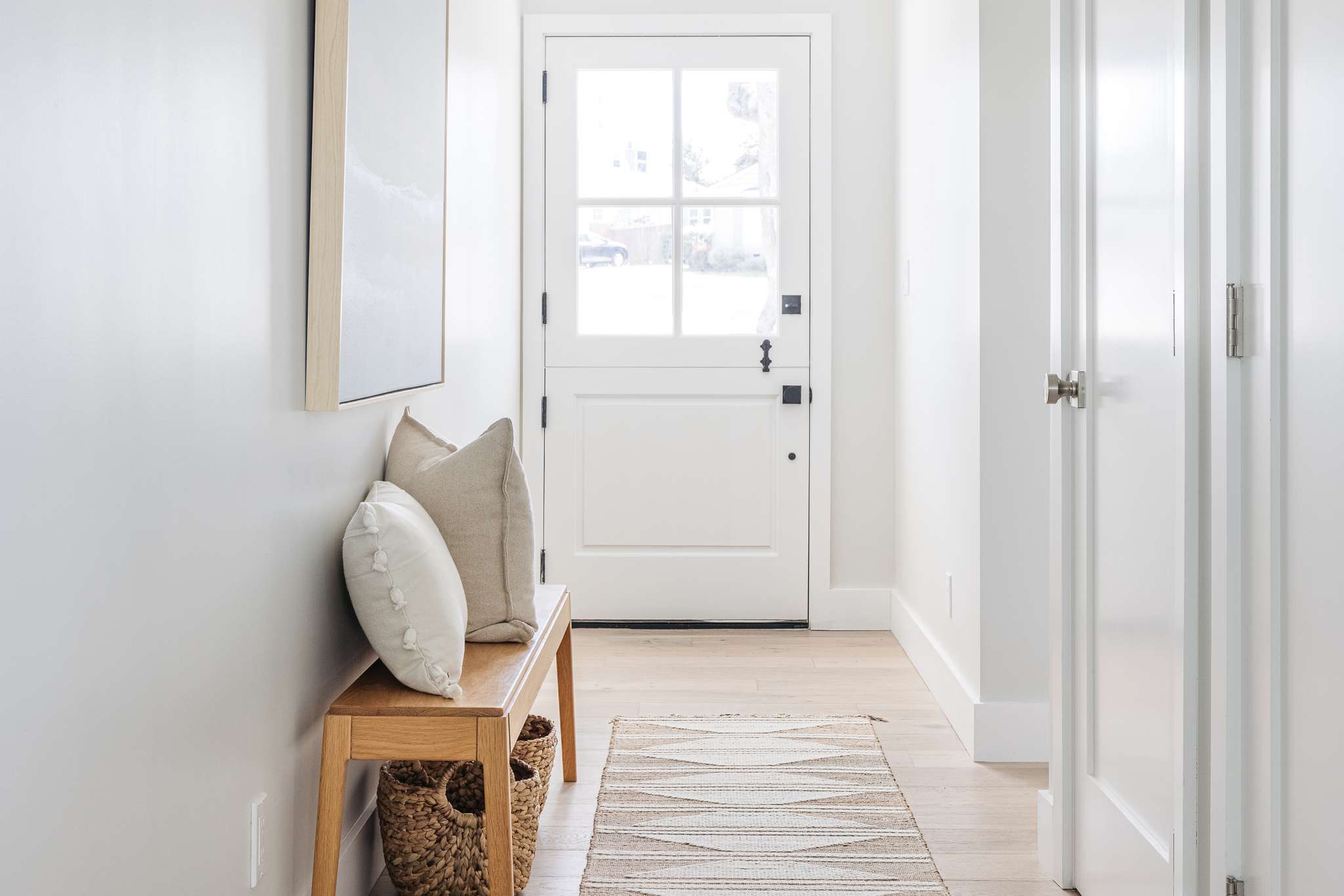
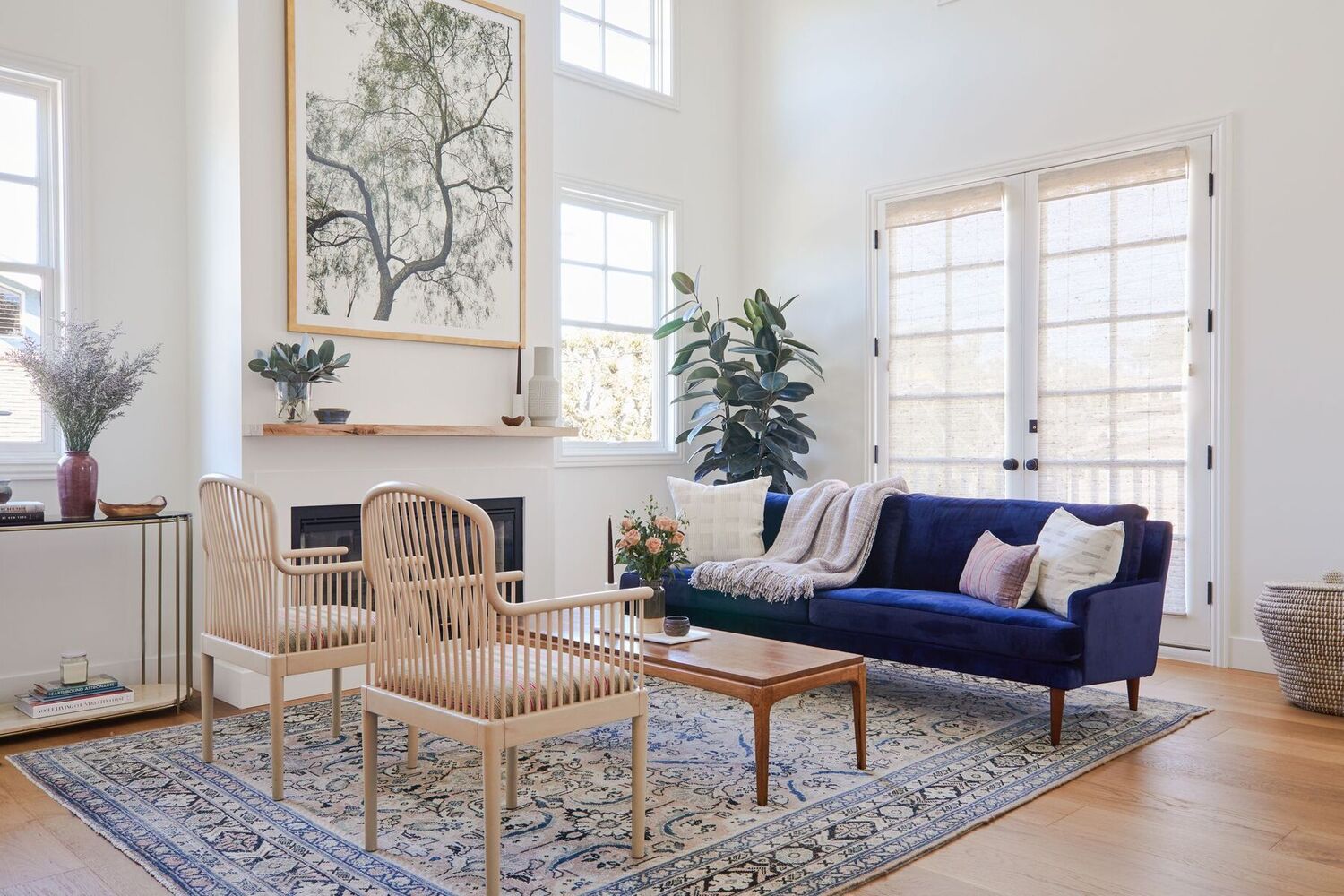
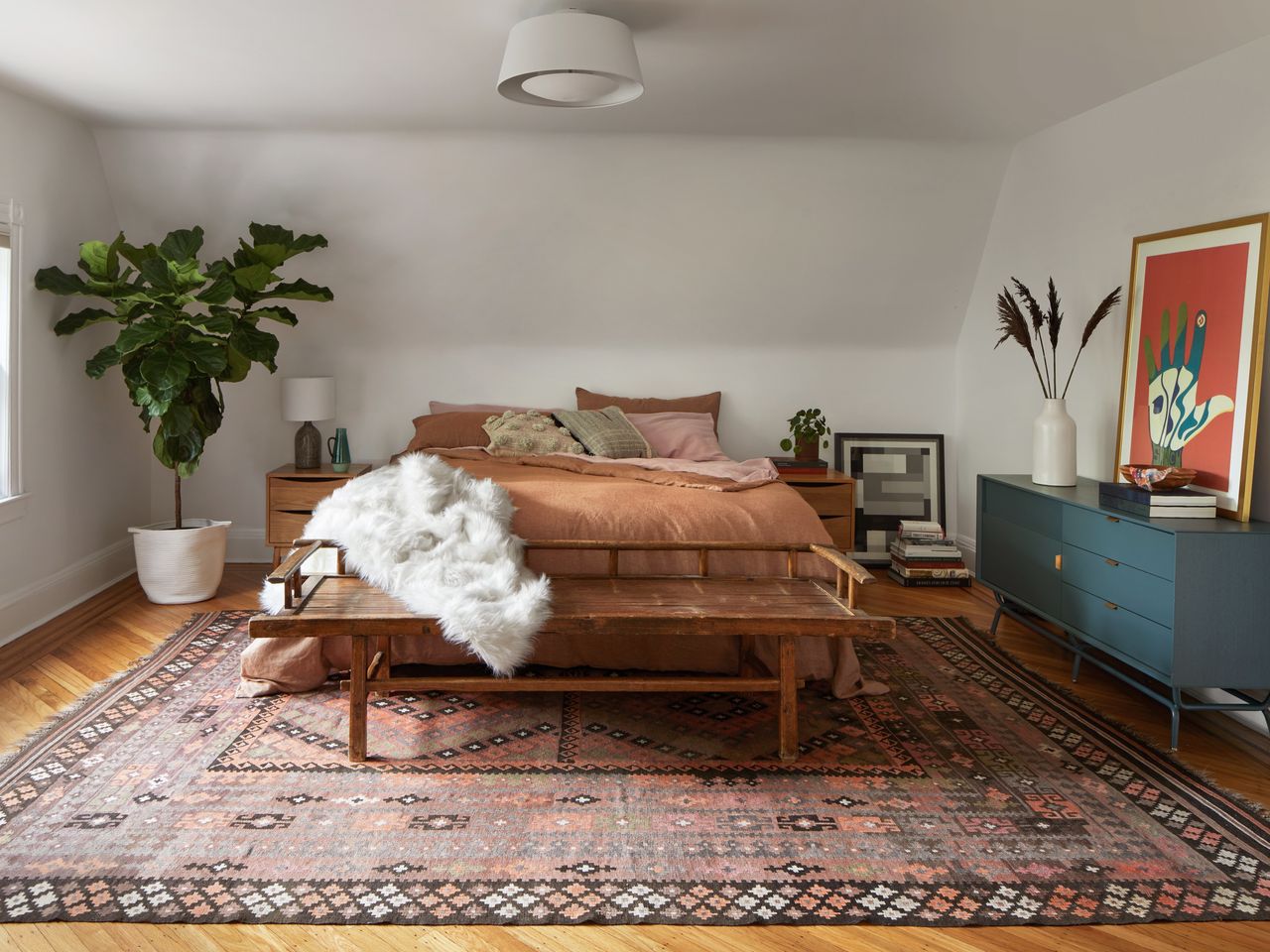
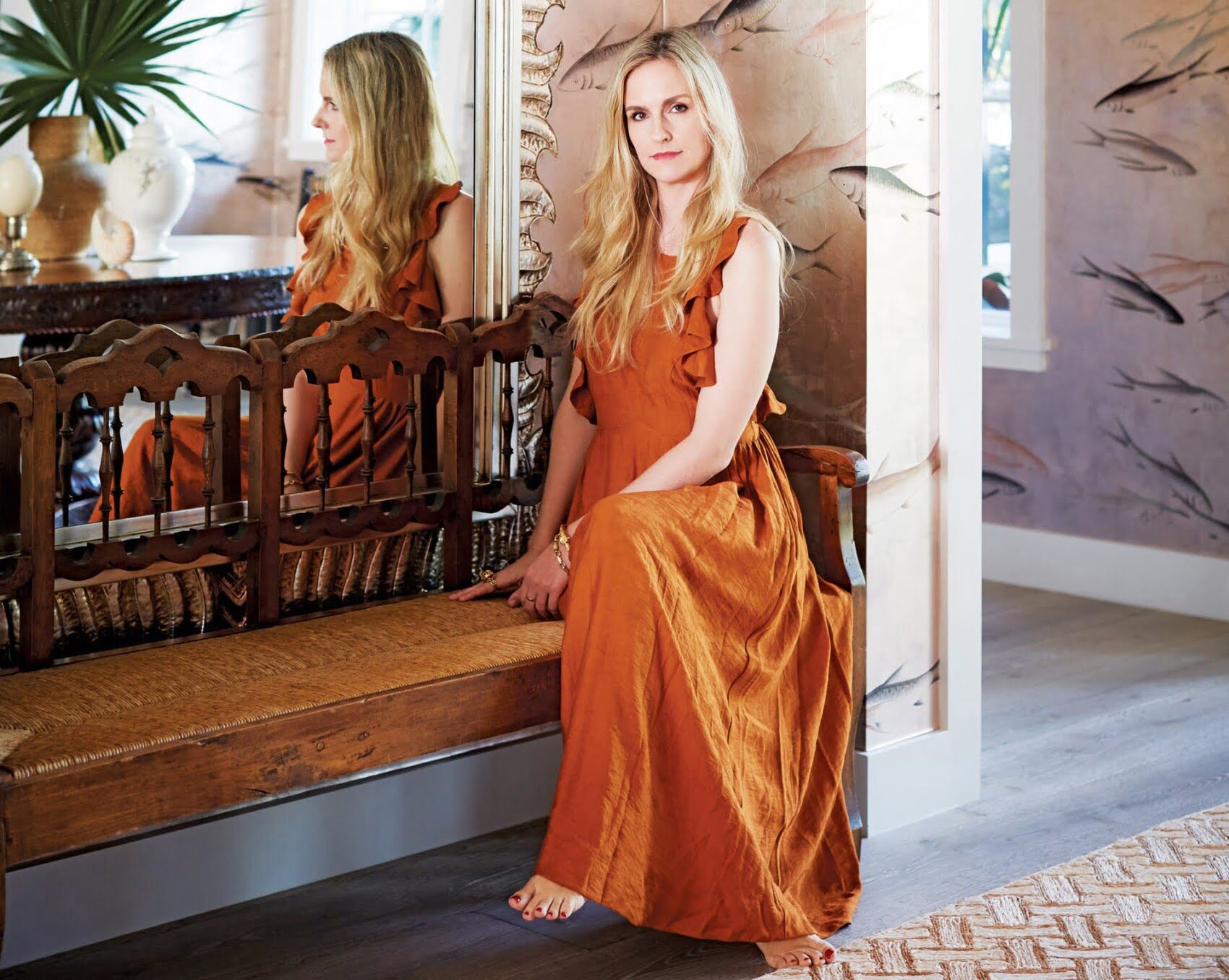
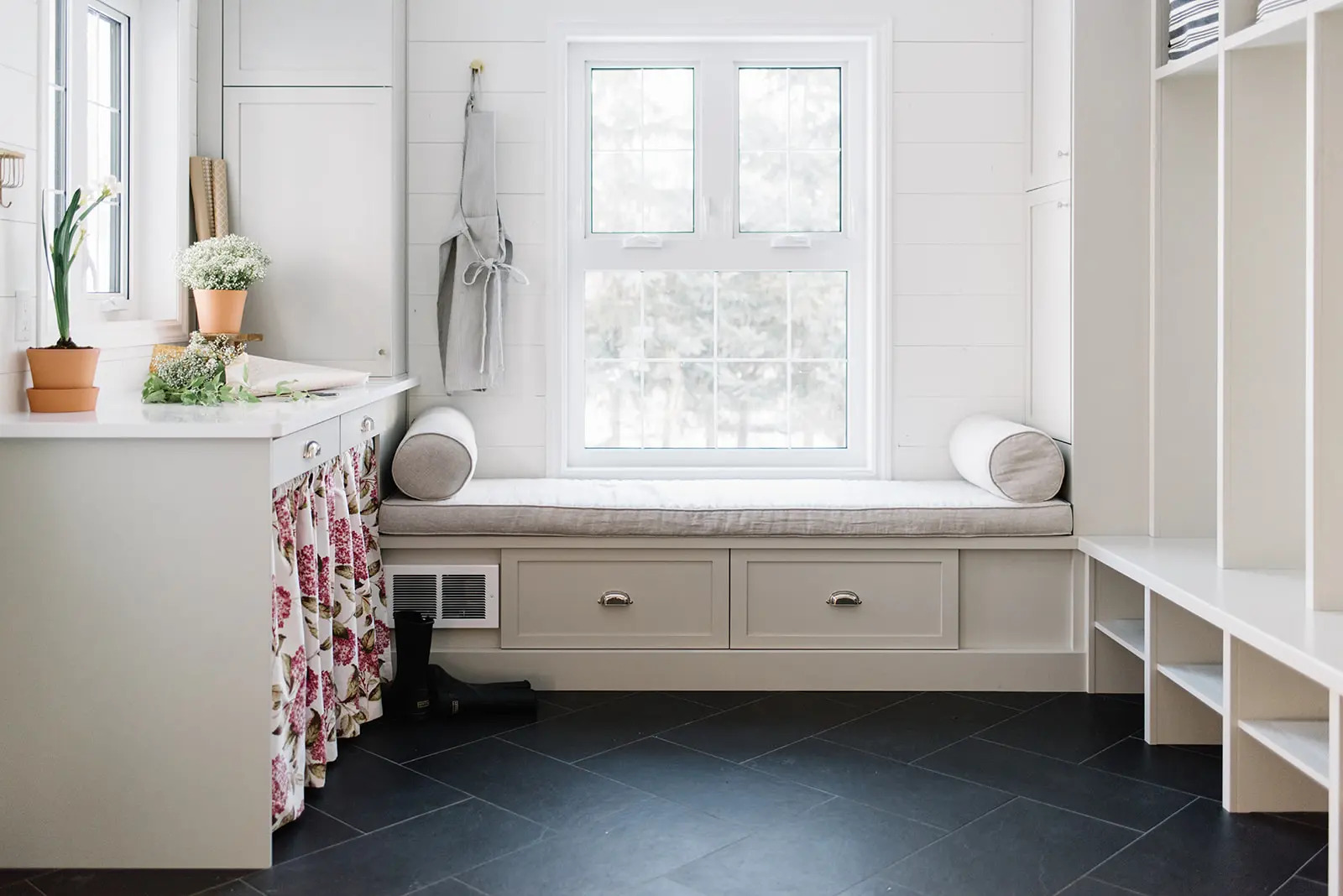
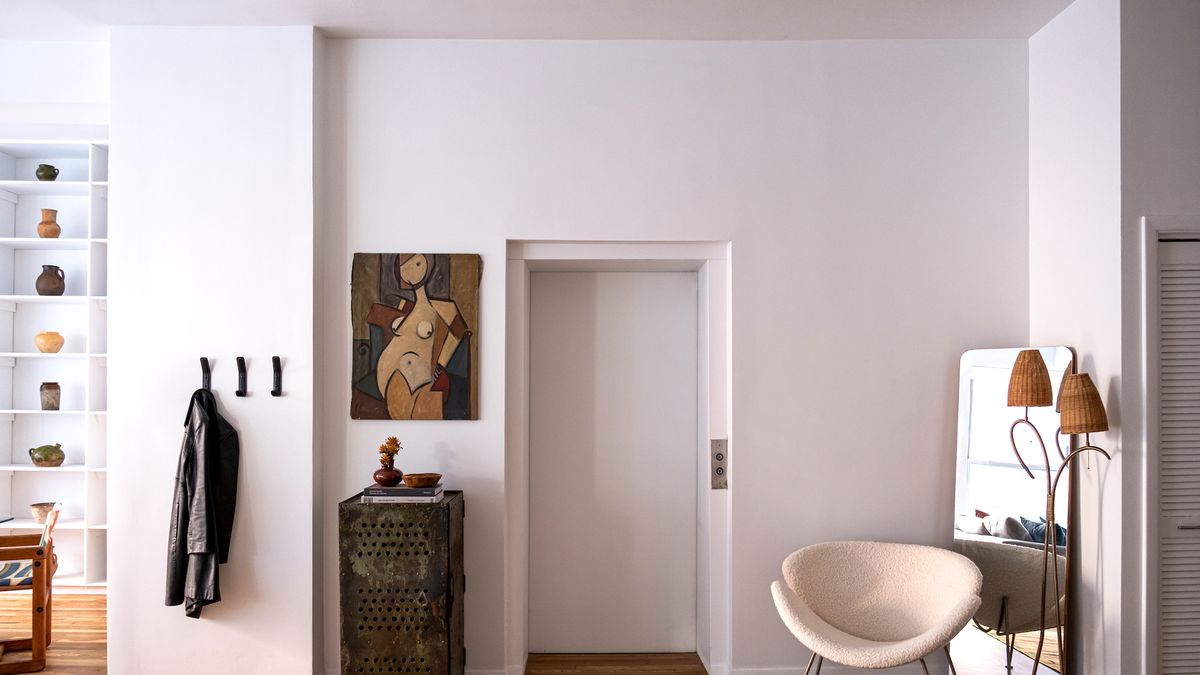
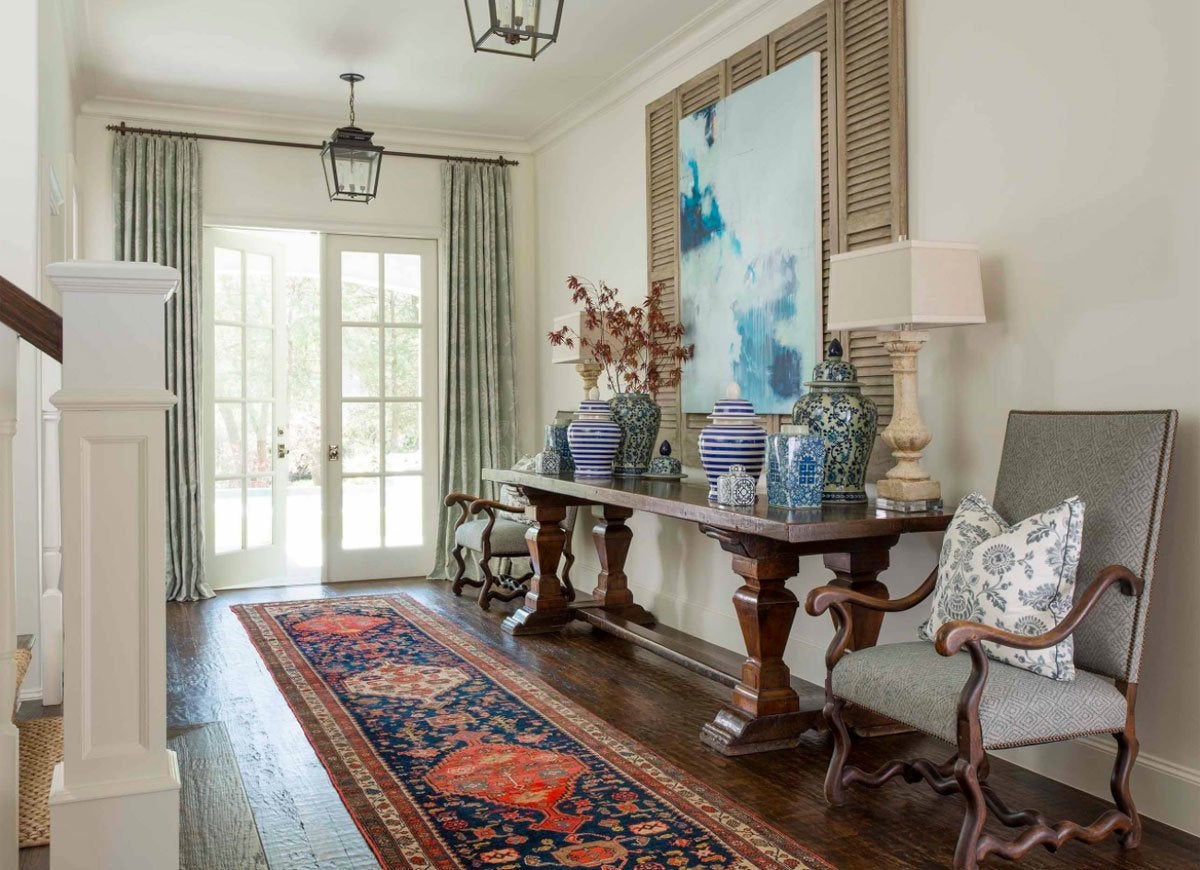
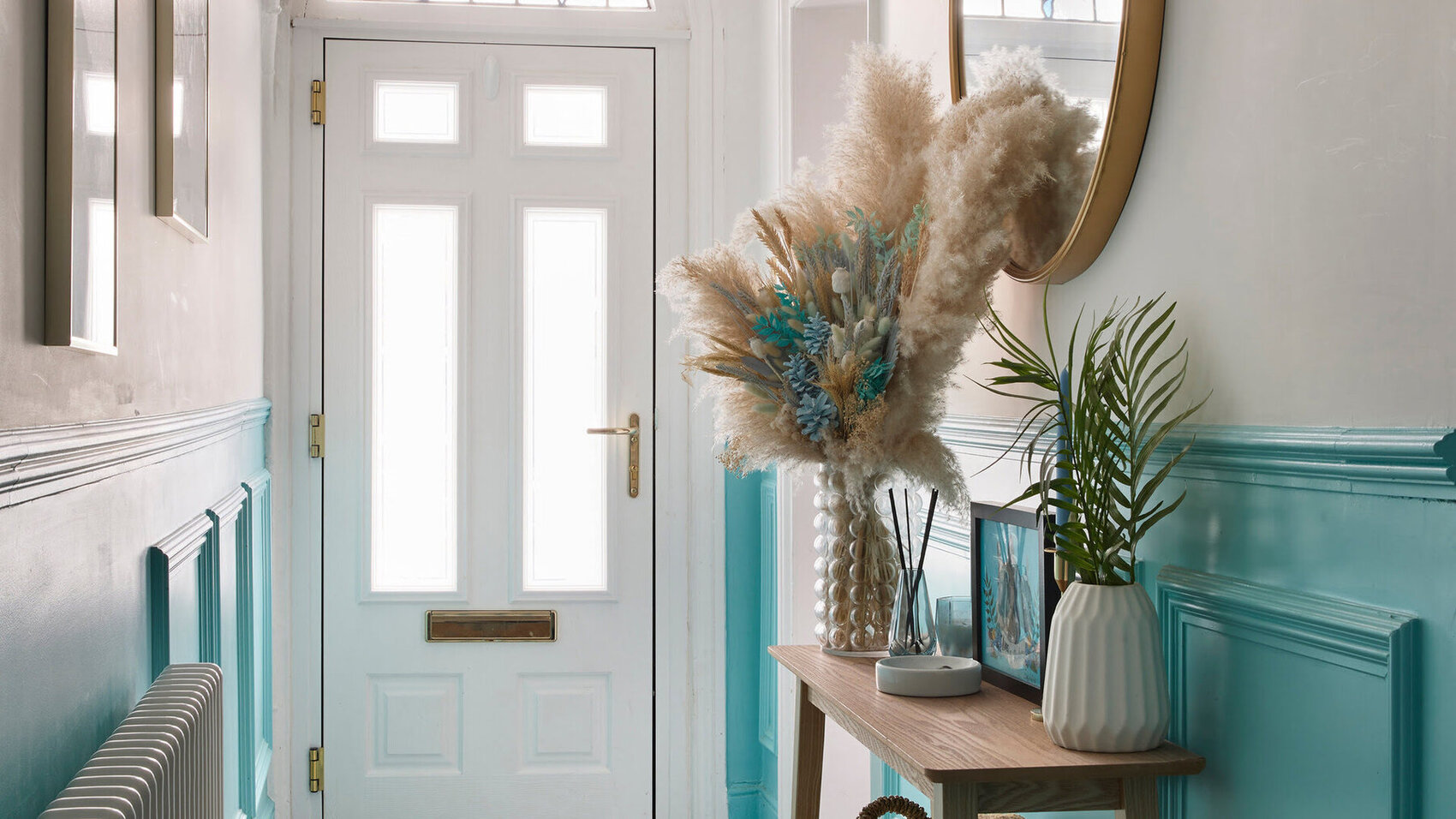
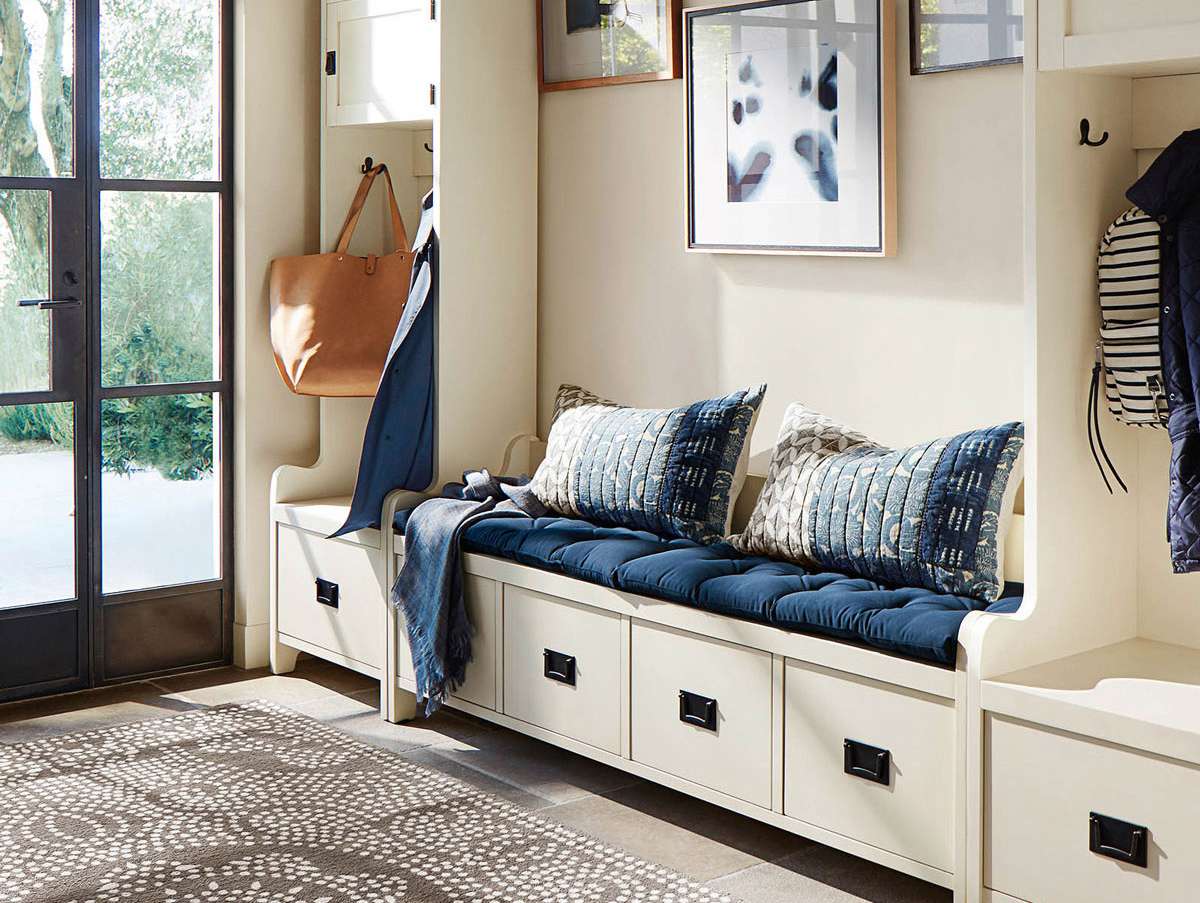
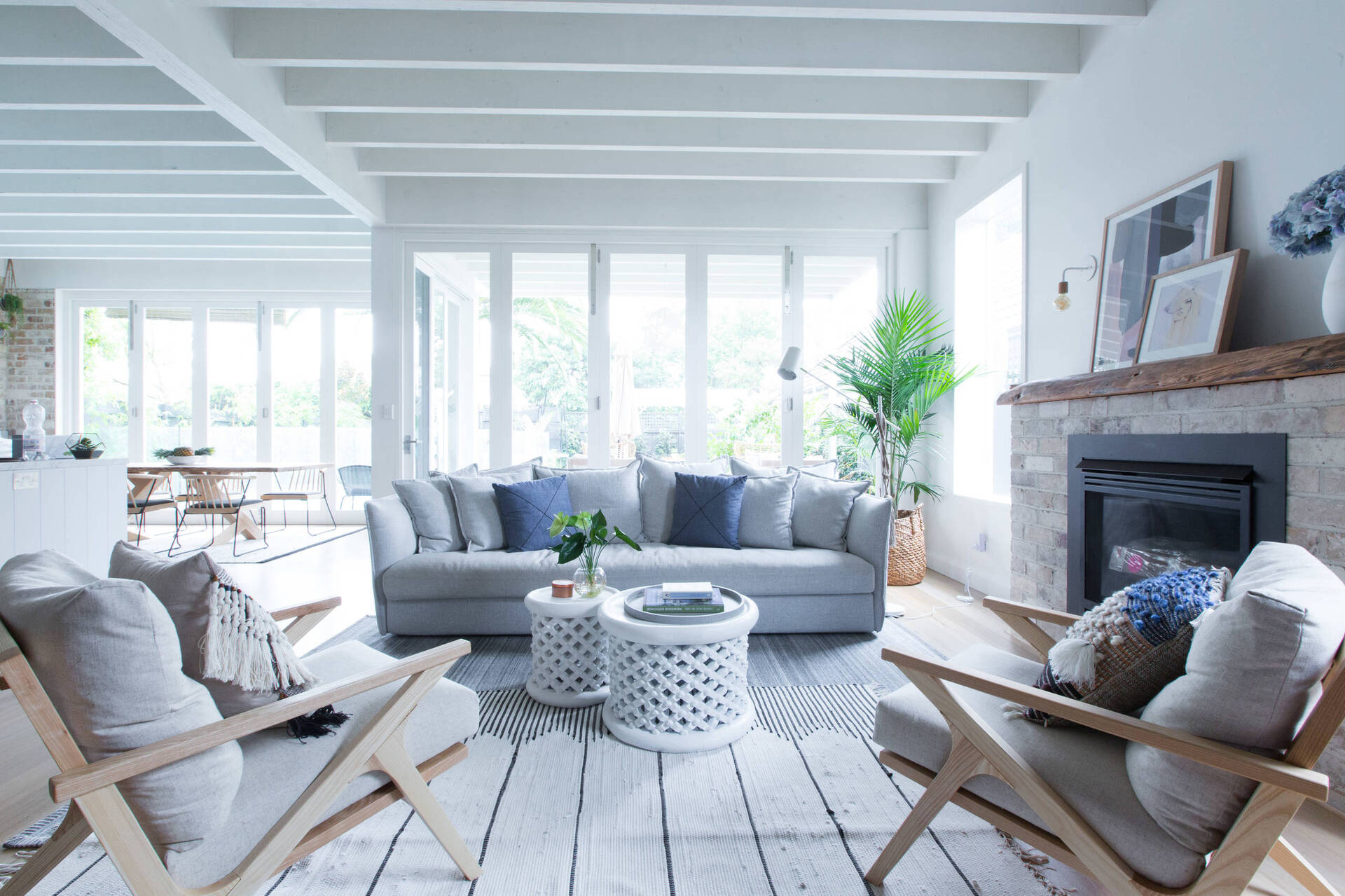
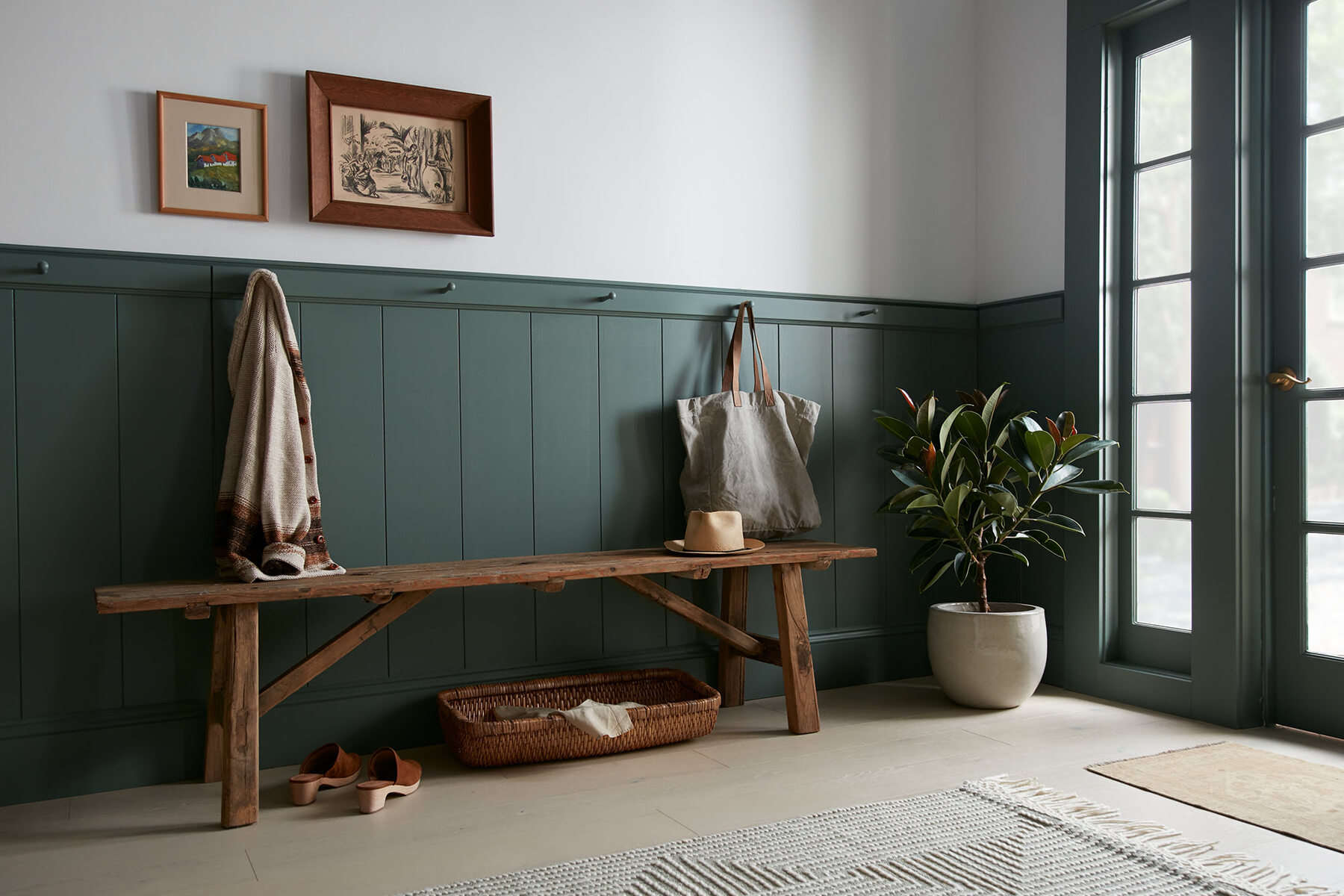
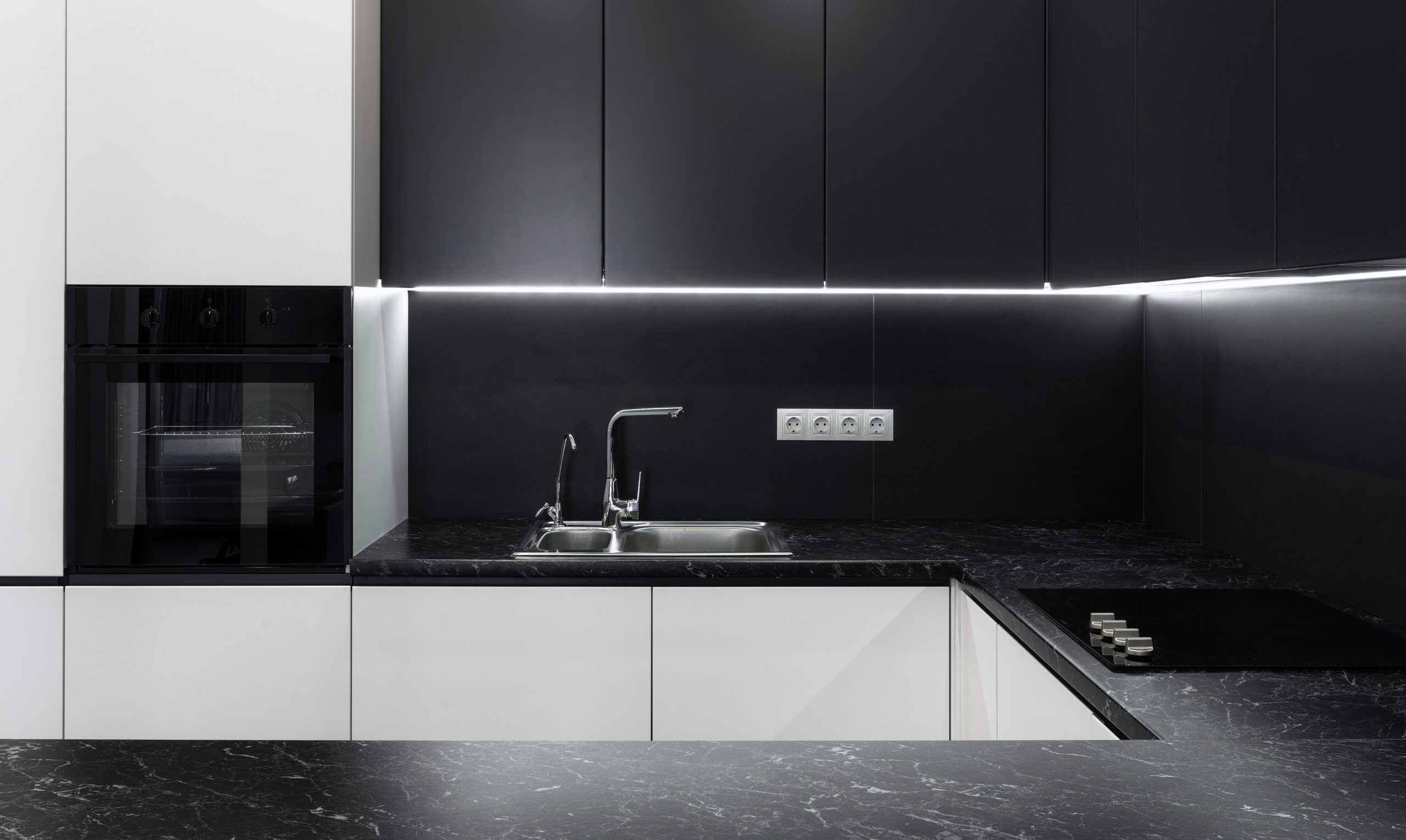
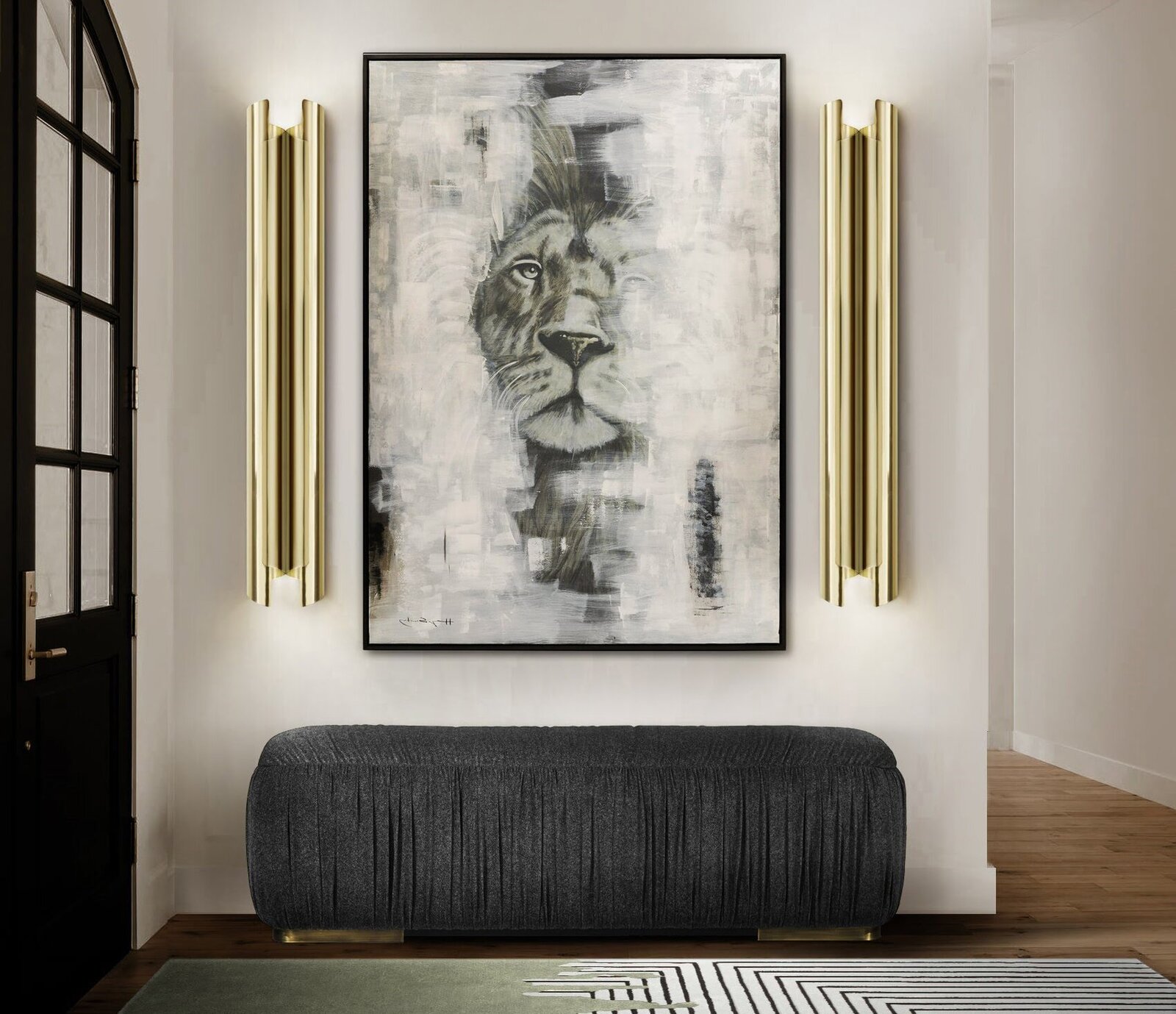
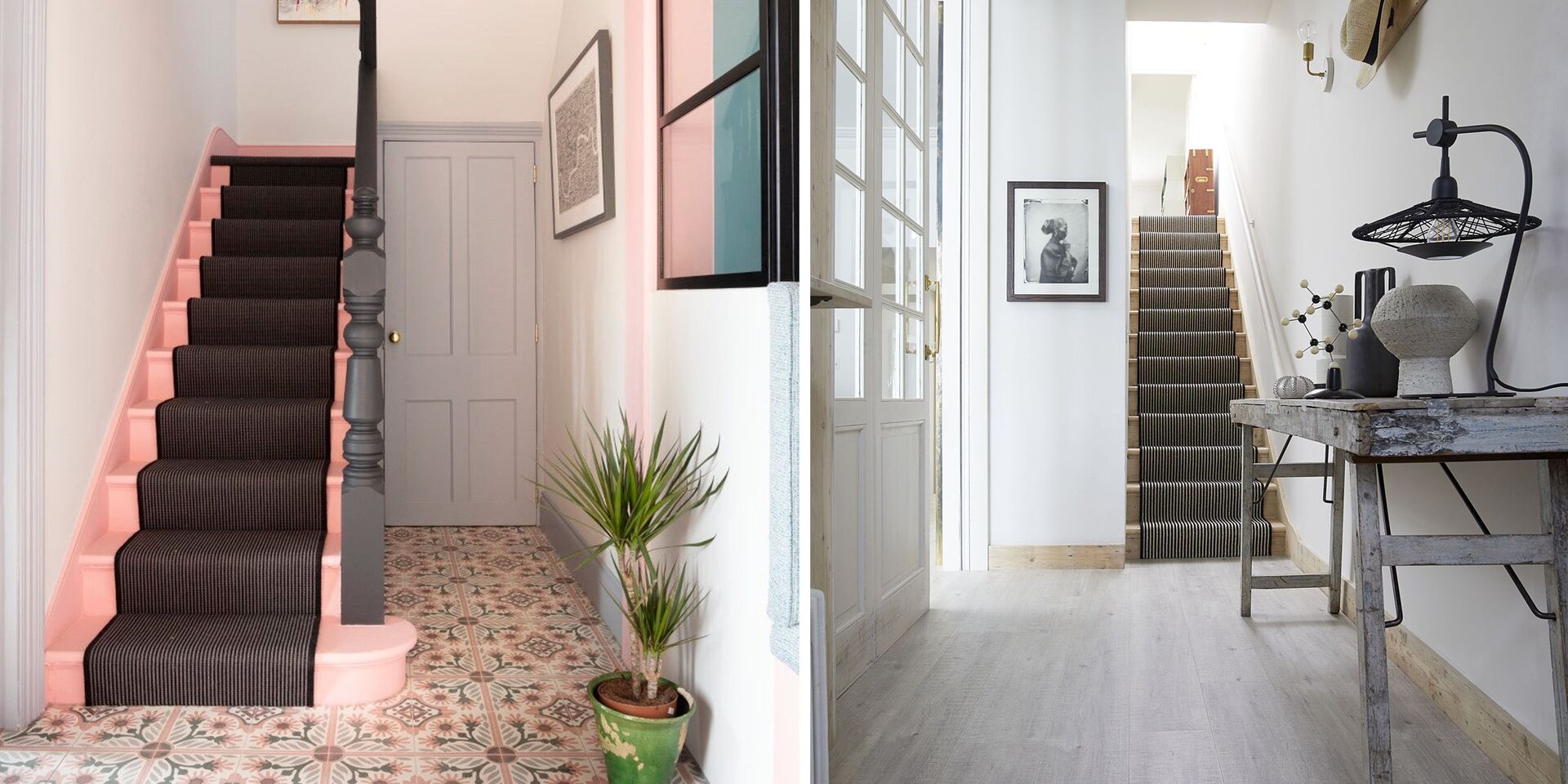
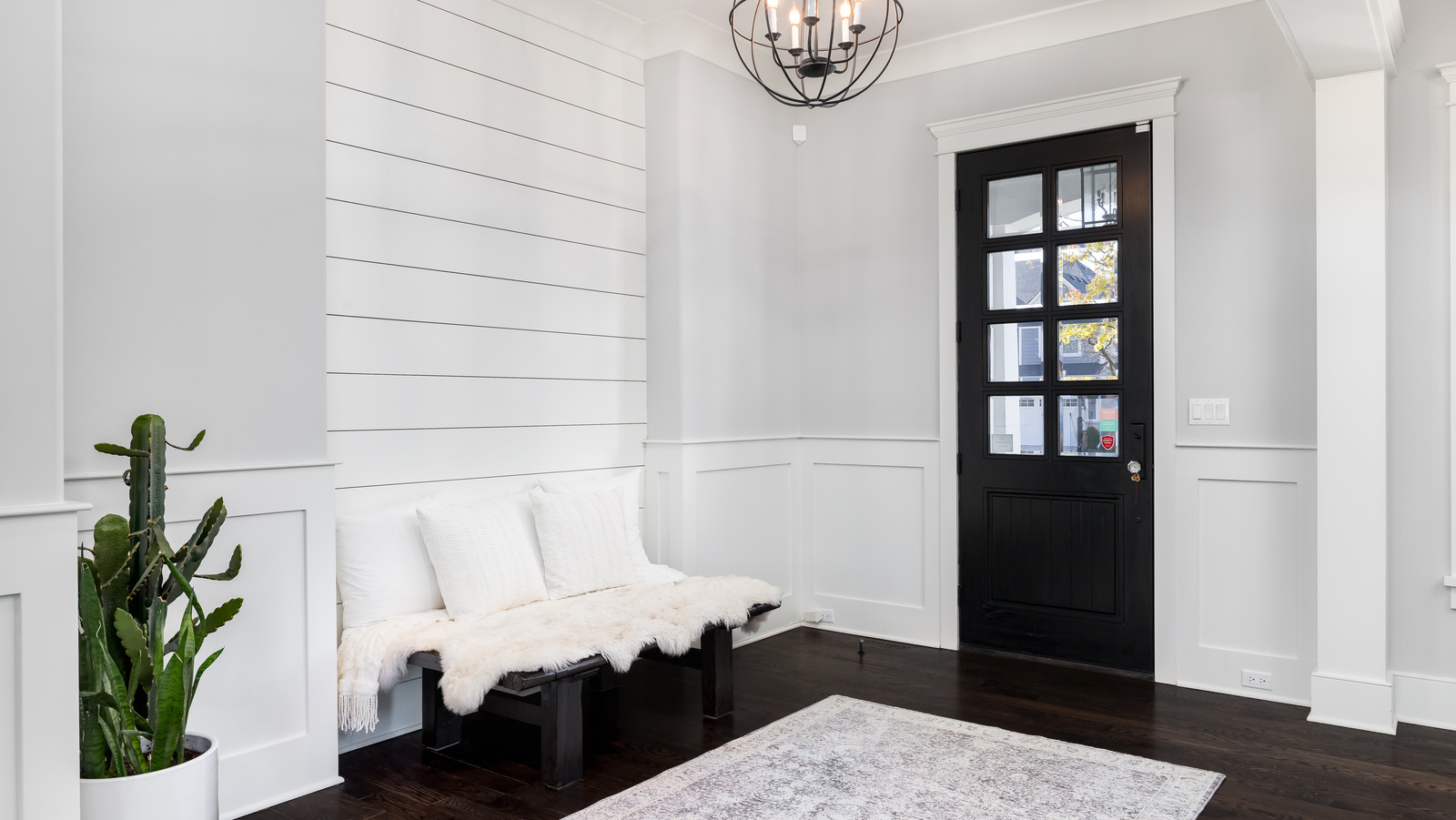

0 thoughts on “5 Small Entryway Color Rules Interior Designers Want Us To Copy”